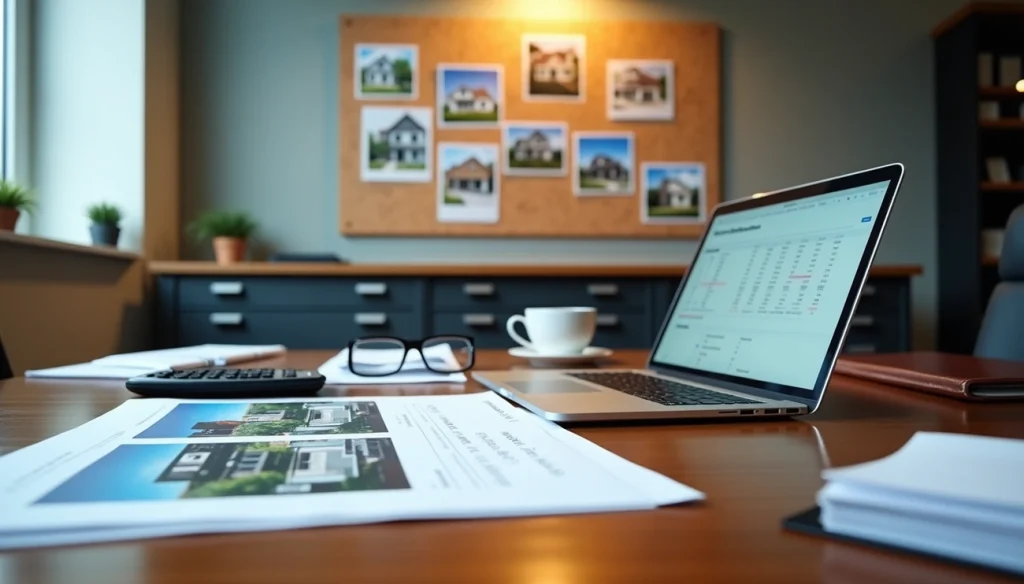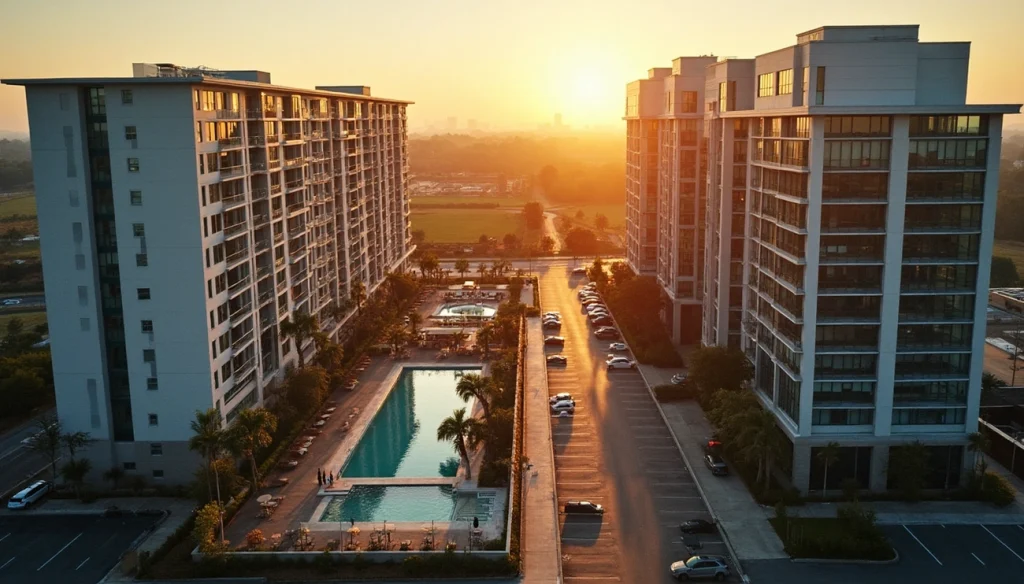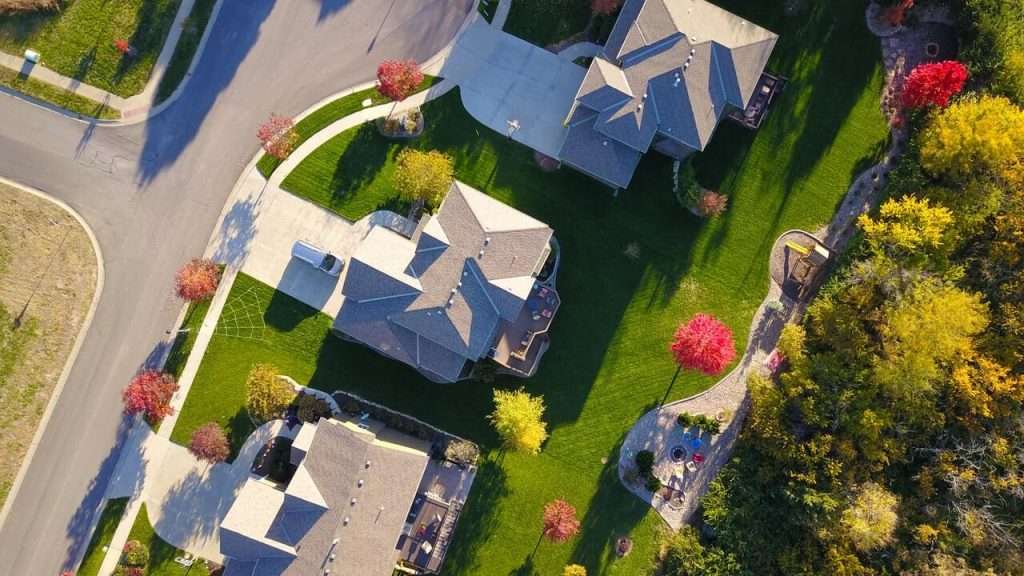Build to rent communities grew by a remarkable 102% across the nation in 2023. The market added 112,920 new homes. This massive expansion stems from real market needs. The U.S. faces a shortage of 3.9 million housing units while mortgage payments cost 52% more than rent. These purpose-built rental neighborhoods help bridge a crucial gap in housing.
The build to rent investment model gives real estate investors clear benefits. Single-family renters stay substantially longer than apartment residents – about 5.6 years on average. This creates more reliable cash flows and reduces turnover expenses. Institutional investors have noticed this chance too. They have invested over $50 billion in build to rent communities since the pandemic started.
In this piece, you’ll find why investors keep adding build to rent properties to their portfolios. You’ll learn what makes these communities different from regular rental properties. The text also covers practical ways to succeed in this faster-growing sector.
What is a Build-to-Rent Community?
The build to rent sector marks a radical alteration in residential real estate development. These purpose-built rental communities are designed for long-term occupancy rather than individual ownership. Traditional rental properties were built for homeowners and later became rentals, but build to rent communities are planned and built just for renters from the start.
Definition and how it is different from traditional rentals
Build to rent (BTR) homes are residential properties designed for rental occupancy in professionally managed communities. This new model stands apart from regular rental scenarios where properties are usually existing homes that don’t match what renters want. Build to rent developments create unified communities under professional management instead of scattered properties run by private landlords.
The design approach sets these properties apart. Older homes turned into traditional rentals often don’t work well for modern rental lifestyles. Build to rent developments put the tenant’s experience first with layouts and features that match renters’ priorities. These communities blend flexibility for different resident needs with luxury features that give a better rental experience than traditional options.
Professional teams handle maintenance, tenant services, and community oversight in build to rent communities. This level of service quality stays consistent, unlike traditional rentals where the landlord’s individual approach determines the quality of management.
Key features of BTR properties
Build to rent communities include several housing types that meet market needs:
- Single-family detached homes: Standalone residences offering maximum privacy
- Townhomes or row homes: Multi-level units sharing walls with adjacent properties
- Duplexes: Structures containing two separate living units under one roof
- Horizontal apartments: Tightly clustered single-family residences, often called “cottage style” homes
Resort-style amenities in planned communities make the build to rent market special. Swimming pools, fitness centers, walking trails, dog parks, and co-working spaces are common features. Residents can enjoy these amenities, usually found only in high-density multifamily properties, in lower-density settings without HOA fees.
Build to rent properties use high-quality, durable materials with modern design elements. Smart home technology like alarm systems and energy-efficient features come standard in many communities. Quality construction gives residents a better living experience than traditional rental properties.
These communities encourage stability through professional management and longer lease terms. Build to rent properties typically secure longer commitments instead of monthly leases like traditional apartments. This approach creates a more stable community and predictable cash flows.
The build to rent investment model gives today’s renters what they want: single-family living’s privacy and space combined with apartment living’s flexibility, amenities, and maintenance-free lifestyle—without homeownership’s financial burden.
Why Demand for BTR is Surging
Build to rent developments aren’t just a passing trend. They represent a response to major changes in America’s housing needs. Several connected factors have created ideal conditions that help build to rent investors thrive.
Millennials and Gen Z delaying homeownership
Demographics have altered the map of rental housing. Young adults don’t buy homes as much as they used to. Home ownership among 25-29 year-olds dropped from 50% in 1971 to 36% in 2021. The numbers tell a similar story for 30-34 year-olds, where ownership fell from 64% to 50% during this time.
Millennials now make up 55% of build to rent needs, while Gen Z accounts for 48%. These generations find renting makes more sense. Student debt loads and the need to move for jobs play a big role in their decision.
The numbers paint a clear picture. First-time homebuyers are now 38 years old on average. That’s ten years older than before, which means people rent longer. Gen Z has become the only generation adding new renters. They’re also a bigger group – 2.1 million larger than millennials were at the same age fifteen years ago. This suggests rental demand will stay strong.
Affordability challenges in the housing market
Buying a home has become much harder. The U.S. needs 3.9 million more housing units. By 2032, we’ll be short nearly 165,000 homes for new households.
This lack of housing hits wallets hard. New homeowners paid 52% more in monthly mortgage payments than renters did in early 2024. Add insurance, taxes, and upkeep costs, and owning becomes even more expensive.
Some markets show extreme differences. West Coast residents often pay 2.5 to 3 times more for mortgages than rent. Austin, Texas stands out – buying costs 95% more than renting there.
Desire for flexibility and low-maintenance living
Money isn’t the only factor. Today’s renters value:
- Freedom from maintenance: Build to rent communities take care of repairs, pest control, and landscaping
- Predictable expenses: Monthly costs stay steady, which helps with budgeting
- Community amenities: Residents enjoy fitness centers, pools, playgrounds, dog parks, and coworking spaces without extra HOA fees
Build to rent investors see great potential in these changing priorities. Their communities attract different groups – from young professionals who want flexibility to baby boomers looking for easier living.
Build to rent fills many gaps in today’s housing market. Experts say affordability drives 71% of BTR demand. The sector provides needed housing while giving investors reliable returns as the market changes faster.
These strong trends catch the eye of smart real estate investors. The build to rent market looks set to keep growing as these demographic and economic patterns continue.
What Makes BTR Attractive to Investors
Real estate investors base their decisions on financial performance, and BTR communities excel in multiple areas. These communities have a unique structure and management style that gives them clear advantages over traditional rental properties.
Predictable cash flow and long-term leases
BTR markets attract investors because they generate stable, long-term income. Tenants usually sign leases for two to three years—this is a big deal as it means that they stay much longer than conventional rental tenants. These extended commitments create reliable cash flow patterns that investors can count on.
BTR investments shine when it comes to income stability. Many developments let tenants sign five-year leases, which creates dependable revenue streams for strategic planning. This stability becomes even more valuable during economic downturns when rental demand stays strong or grows while home sales drop.
These properties protect against inflation naturally. The rental income adjusts with market conditions. Rental properties keep generating income through economic uncertainty, which makes them a safe investment choice.
Lower vacancy and turnover rates
BTR developments shine with their low vacancy rates. Some properties reach occupancy levels above 99%, which minimizes lost income from empty units. Housing shortages and growing rental demand drive these high occupancy rates.
Tenant retention gives BTR another edge. These properties see renewal rates around 64%—about 10% higher than traditional multifamily properties. BTR developments also have delinquency rates 2% lower than other rental portfolios. These numbers boost investor profits by cutting turnover costs.
Residents stick around because they see BTR communities as homes rather than temporary stops. Property turnover costs have jumped nearly 20% in the past year, so better retention saves real money.
Scalability and portfolio diversification
BTR models make it easy for investors to grow their portfolios. Instead of buying scattered properties, investors can purchase entire communities or groups of homes as single investments. This approach helps them scale quickly while keeping returns consistent.
Portfolio diversification adds another plus. BTR investments spread across different locations, which reduces risk in any single market. Rental income from BTR properties doesn’t follow the same patterns as stocks or bonds, which helps protect against market swings.
Investors who already own multifamily properties can branch out with BTR since it attracts different types of renters. This balanced approach works well across the rental spectrum.
Operational efficiency through professional management
Professional management sets BTR apart from traditional rental investments. Large, experienced property management firms typically run these communities instead of individual landlords or small companies. Better service, maintenance, and tenant satisfaction follow naturally.
The model creates efficiency through:
- Centralized management: One location handles maintenance, security, and tenant services, which cuts costs while improving quality
- Economies of scale: Managing many units in one place saves money in ways scattered rentals can’t match
- Advanced business intelligence: Smart analytics and reporting help management teams spot risks and make better decisions
BTR properties use durable materials and low-maintenance designs that reduce ongoing costs. This smart construction approach means fewer repairs compared to older properties, which improves cash flow and returns.
These advantages make the BTR market more attractive to smart real estate investors who want stable returns and growth potential in today’s changing housing market.
Understanding the Build-to-Rent Market Landscape
Market data from the nation shows where build to rent investments thrive. Investors who want to position themselves in this fast-growing sector must understand these geographical trends and market metrics.
Top performing regions and cities
Phoenix stands at the forefront of the nation’s build to rent market with almost 14,000 units under construction – about 20% of all BTR development nationwide. Dallas comes second with 8,470 units, and Atlanta holds third place with 6,885 units in development. These three powerhouse markets make up more than one-third of all build to rent communities under construction in America.
Texas dominates the state rankings with 21,812 units in development. Arizona and Florida follow with roughly 14,000 units each. North Carolina stands out with its expected 152% increase in rental inventory once current projects finish.
BTR vs. scattered-site SFR
Build to rent communities provide better operational efficiency than scattered-site single-family rentals through on-site property management and economies of scale. These developments feature homes built with similar materials and appliances, which cuts maintenance costs over time. The communities can be built and leased in phases, which helps reduce overall development risk.
Current inventory and construction trends
The total U.S. build to rent inventory now reaches about 350,000 units. This number remains small compared to 23 million traditional single-family rental units nationwide. Development has grown by a lot, with completed units rising about 52% between 2021 and 2022.
Rent growth and vacancy rate data
Build to rent communities maintain strong fundamentals despite recent supply increases. Average monthly BTR rents reached $2,181 per unit in Q2 2024. While rent growth has slowed to 1.5% year-over-year, it still beats traditional multifamily rent growth of 0.3%. Vacancy rates have risen but stay healthy as the market absorbs new inventory.
The build to rent market offers great opportunities for investors who can identify regional strengths and adapt to changing market conditions.
How to Invest in Build-to-Rent Real Estate
Real estate professionals have several ways to enter the thriving build-to-rent sector. You can choose between hands-on development control or passive investment opportunities. A clear understanding of these approaches will help you position your portfolio better in this growing market segment.
Developing new BTR communities
Building BTR communities from scratch gives you maximum control and potential returns. An average 175-unit community takes about 22 months to complete, with construction making up about 60% of total costs. Developers need substantial funding upfront. A 200-unit project needs around $60 million in total capitalization spread over a three-year construction and lease-up period. Most development financing works on a 60/40 debt-to-equity split. Construction loans are usually interest-only for 2-3 years.
Partnering with experienced BTR developers
You might prefer to work with established BTR developers if you want less operational involvement. These developers make use of their equity position by raising 80-95% of their equity requirement from limited partners. Major builders like Taylor Morrison, Toll Bros., and Lennar have already stepped into the BTR market. On top of that, institutional players such as JP Morgan Asset Management have created joint ventures worth over $1 billion to acquire and develop new BTR housing.
Acquiring stabilized BTR assets
Buying established BTR communities removes development risks and provides immediate income. Most developers keep their projects or sell them within about a year of stabilization—which happens when the community reaches 90% occupancy. The sector’s tight vacancy rates sit below 5%, so stabilized communities often generate reliable cash flow immediately. BTR exit cap rates typically range from 4.75% to 5.5%, which looks good compared to traditional multifamily assets.
Providing financing or equity capital
Accredited investors can participate financially without direct property ownership in several ways. They can invest in BTR-focused Real Estate Investment Trusts (REITs) that offer liquidity and diversification. Other options include online investment platforms for fractional ownership, private equity funds targeting large-scale BTR developments, or providing debt capital through various lending structures. Debt funds lead the current lending environment, with loans ranging 450-600 basis points above the Secured Overnight Financing Rate.
Conclusion
Build-to-rent communities stand out as one of the most compelling investment opportunities in today’s real estate world. This piece takes a closer look at how population moves, housing affordability challenges, and changing lifestyle priorities create exceptional need for this asset class. BTR investments show remarkable stability – tenants stay an average of 5.6 years with vacancy rates often below 5%. These numbers translate to predictable cash flows and lower operational costs.
BTR investments’ scalability offers options for investors of all types. Multiple entry points match your risk tolerance and resources. You can develop new communities from scratch, team up with seasoned developers, buy stabilized assets, or provide capital through various investment vehicles.
Regional factors substantially impact BTR opportunity evaluation. Phoenix, Dallas, and Atlanta lead current development, while emerging markets in Texas, Arizona, Florida, and North Carolina show promising growth paths. Strong fundamentals across the sector indicate BTR communities will stay resilient as market conditions change.
Your real estate portfolio could benefit from BTR communities that combine stability, growth potential, and operational efficiency. Schedule a tailored consultation at https://primior.com/start/ to see how this asset class fits your investment strategy. The housing market faces ongoing uncertainty, yet build-to-rent communities offer a solid solution for quality-seeking residents and investors who want stable, inflation-resistant returns.















